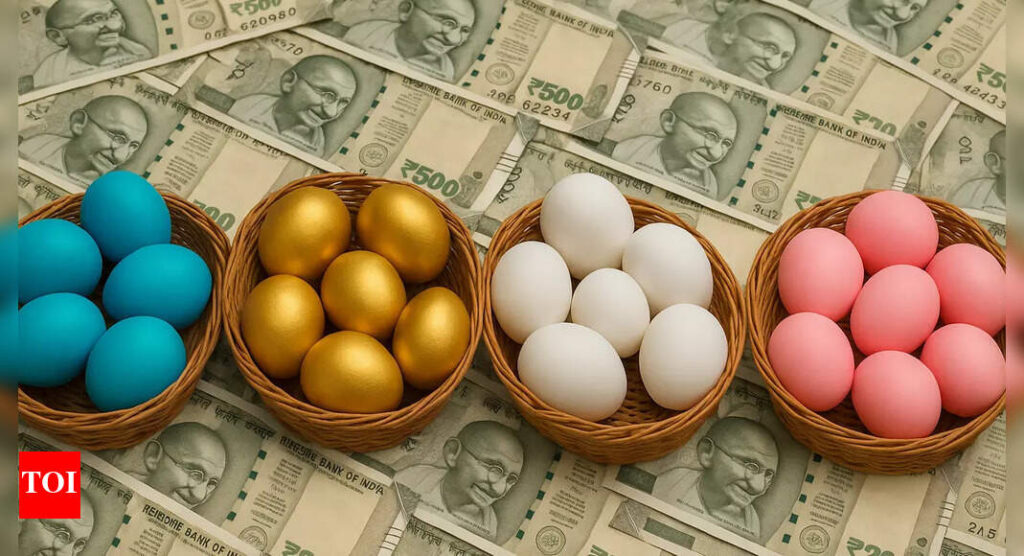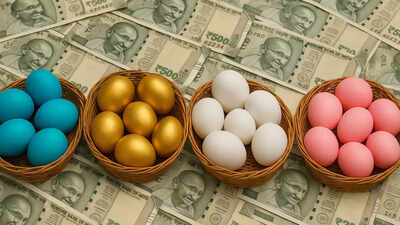
Want to earn decent returns at lower risk? Go for multi asset allocation funds that invest in a mix of equity, debt and commodities. These funds invest in at least three asset classes, with a minimum allocation of at least 10% to each. Indeed, a diversified portfolio is the best way to get past volatile asset prices. In the past three years when asset prices have been very volatile, the multi-asset allocation category has delivered nearly 17% compounded annual returns.Interestingly, much of these gains have come not from equities but the exposure to gold and silver. While the Sensex has delivered a CAGR of 15.05% in the past three years, gold and silver rallied more than 22%. In other words, multi asset allocation funds have delivered higher returns at lower risk.Diversification cuts riskMulti asset allocation funds have outperformed the Sensex in the past five years
Data as on 10 July 2025, Source: Value ResearchThree and five-year returns are annualisedThe Franklin Templeton Multi-Asset Allocation Fund NFO that opens today is an investment worth considering for conservative investors who want to diversify across different asset classes. The Franklin fund will invest in a mix of equities, fixed income instruments, gold and silver. The fund will be benchmarked against Nifty 500 (65%), Nifty Short Duration Index (20%), domestic price of gold (5%) and silver (5%) and the iCOMDEX composite Index (5%).“In the current volatile environment — where equity valuations are elevated and bond yields are stabilizing — a portfolio combining these asset classes with commodities like gold can deliver superior risk adjusted returns,” said Avinash Satwalekar, President, Franklin Templeton–India.Other experts agree with Satwalekar. “This is not the time to be overly aggressive. The path lies in maintaining a diversified portfolio that can absorb shocks and still participate in potential upside,” said Viraj Gandhi, CEO of Samco Mutual Fund.Another big advantage that multi-asset allocation funds offer is the favourable tax treatment of the gains. Both long-term and short-term capital gains from gold and silver ETFs and debt funds are now taxed at the slab rate of the investor. But if these are bundled into a single fund that invests at least 65% in domestic stocks, the tax impact is much lower.“If a fund invests 65% or more of its corpus in domestic equities, it will be treated as an equity scheme for tax purposes,” says Nishant Khemani, Managing Partner of the Saturn Consulting Group. Long-term capital gains of up to Rs 1.25 lakh a year will be tax free. Beyond Rs 1.25 lakh in a year, the gains will be taxed at 12.5%. Short term gains will be taxed at 20%. The holding period for long-term gains is also shorter at one year.(Disclaimer: Recommendations and views on the stock market and other asset classes given by experts are their own. These opinions do not represent the views of The Times of India)








